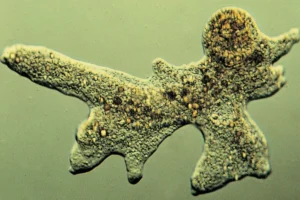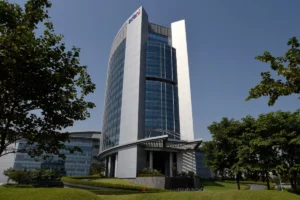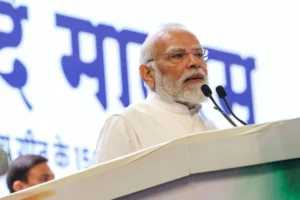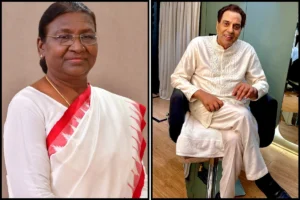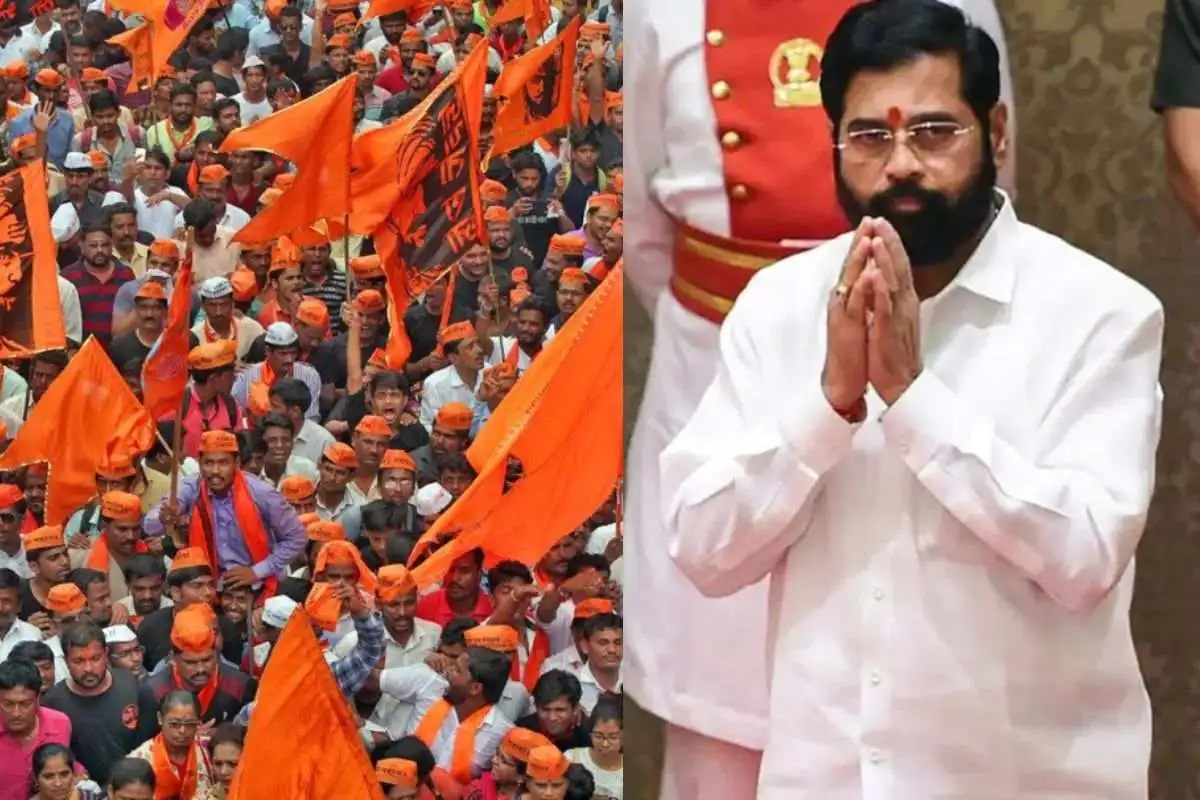
Maratha Community of Maharashtra gets 10% quota
Eknath Shinde led government of Maharashtra introduced a draft bill in the Maharashtra cabinet on Tuesday. The will was supposed to grant the Maratha community with 10% quota in the government jobs and education. The bill was approved by the cabinet on the same day.
Even the former CM of Maharashtra appreciated the move by the Shinde government. He said, “After studying the bill the government table this bill and it was passed and it will stay in court too. I’m happy and we appreciate the government. I congratulate the Maratha people and many people gave their sacrifice for this Maratha reservation. We saw a lathi charge in Antarwali village it was not needed but today I will not question the government. This reservation is for education & Job.”
On Maratha Reservation Bill, Former Maharashtra CM Uddhav Thackeray says, “After studying the bill the government table this bill and it was passed and it will stay in court too. I’m happy and we appreciate the government. I congratulate the Maratha people and many people gave… pic.twitter.com/mNoG6JWClw
— ANI (@ANI) February 20, 2024
Step taken after considering astonishing data about the community
According to the draft bill, the community qualifies for reservation due to its social and educational backwardness. It makes clear that the state government is entitled to compile a list of the communities in the state that lag behind in terms of social and educational advancement.
The Maharashtra State Backward Class Commission’s report, which concluded that the Maratha community is socially and educationally backward, was the basis for the quota decision.
According to the survey, 94% of the state’s farmers who killed themselves were Maratha people. Furthermore, it demonstrated how low the Maratha community’s percentage is in secondary and higher education.
Condition of Maratha community
Additionally, it claims that a quota is necessary because the Maratha community is underrepresented in positions held by the state government. The survey report also stated that the community was dealing with a drop in farm income, property holdings being divided, and a lack of focus on youth education. As a result, the community’s economic standing had declined. The community’s primary industry, according to the survey report, is agriculture, although this industry has been in decline.
To read more such news, download Bharat Express news apps










